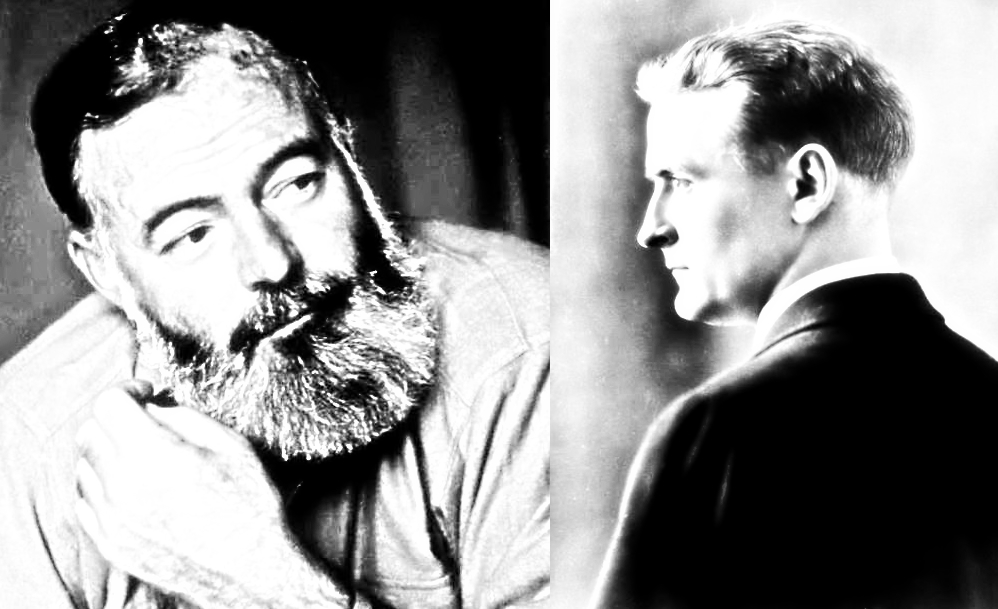I took the weekend off to get a few things in order, so hopefully we can jump right in this week and examine a literary movement more completely (I hope).
We have looked at a lot of movements on this blog and have even discussed writers from this particular era (Realism), so I thought it was high-time to see what these realistic writers were up during the time of the American Civil War.
The roots of the era
As we see so often from movements, artistic and otherwise, there can be a good deal of push-back from creators who were too young to contribute to the previous movement or just had no interest in creating in a style they didn’t like (the modernists, for example). Similarly, the realism movement exploded at the end of the Romantic period as the writers of this era wanted to depict a less glamorized world.
Thus, the “realism” aspect of the era itself is derived from authors avoiding a romantic view of the world. They wanted to show people living and breathing in a natural environment as honestly as possible.
“It depicts familiar people, places, and stories, primarily about the middle and lower classes of society. Literary realism seeks to tell a story as truthfully as possible instead of dramatizing or romanticizing it.”
(Masterclass)
If you look closely, it is actually fairly hard to distinguish literary realism from naturalism for the above reasons. However, keep in mind that conveying a real view of the world is essential for these writers, so more honest dialogue and setting were common in the books that appeared in the late 19th century.
Additionally, after the Civil War, the US advanced in numerous ways that included a more literate populace, increased urbanization, and a larger population, and this, “provided a fertile literary environment for readers interested in understanding these rapid shifts in culture,” (Campbell).
Important authors of the movement
William Dean Howells, who wrote The Rise of Silas Lapsham (1885), contributed the first literary realism books, which helped generate the overall aesthetic.
Mark Twain (Samuel Clemens), famous for The Adventures of Huckleberry Finn (1884), offered authentic language and descriptive details of his time on the Mississippi.
Stephen Crane penned The Red Badge of Courage, which told the story of a young man’s experiences during the Civil War (1895).
Works Cited
Campbell, Donna M. “Realism in American Literature, 1860-1890.” Literary Movements. Washington State University. Sept. 7th, 2015. Web.
“What is Literary Realism? Definition and Examples of the Realism Genre in Literature.” Masterclass. Aug. 15, 2019. Web.







